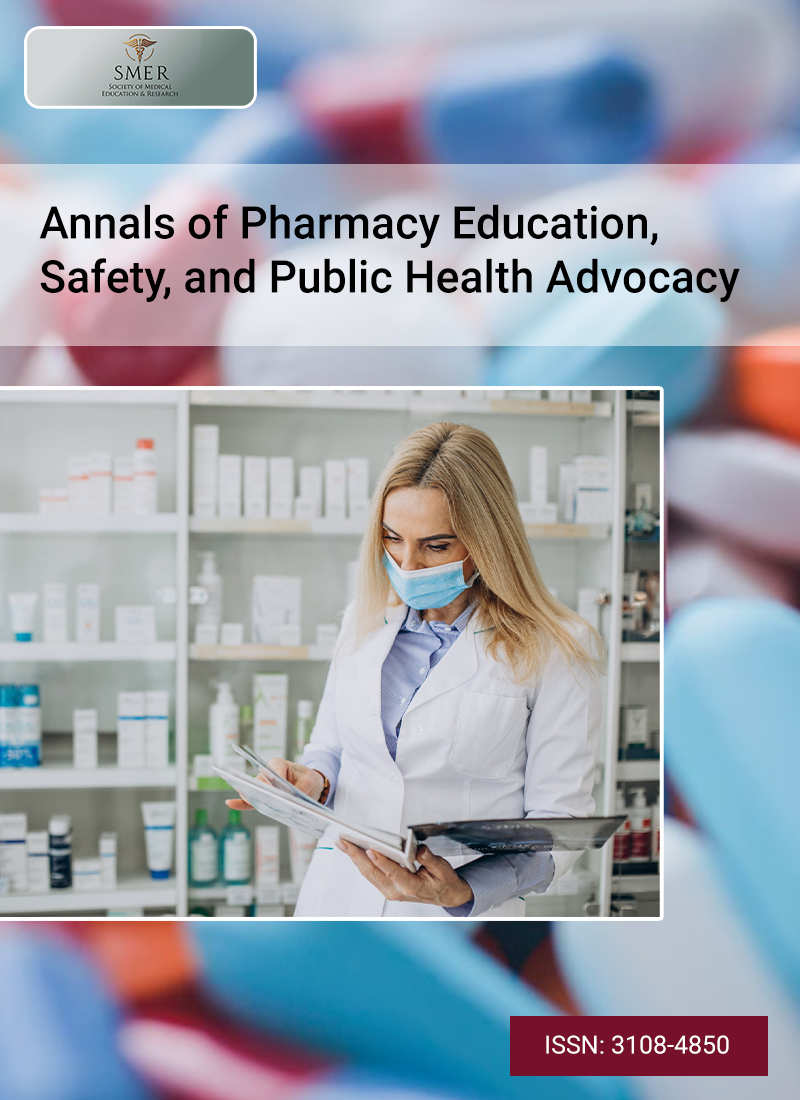
Paid parental leave is strongly linked to better health and social outcomes for families. Yet, many U.S. employers fall short of the 8–12 weeks advocated by major medical organizations, including the American College of Obstetricians and Gynecologists, the American Academy of Pediatrics, and the American Medical Association. To assess how well academic medicine follows these standards, we reviewed parental leave policies across all allopathic medical schools in the United States. Our analysis focused on four elements: the presence of a specific parental leave policy versus reliance on the Family and Medical Leave Act, eligibility by parent type, whether compensation was provided, and the length of paid leave. Policy differences were further examined by institutional type, Carnegie classification, and geographic region. Of 156 schools, 134 (85.9%) had accessible data. Only 29 (21.6%) provided birthing faculty with at least 12 weeks of fully paid leave. Across all schools, birthing parents averaged 6.72 paid weeks (median = 6), while non-birthing parents averaged 5.82 weeks (median = 6). Private institutions (P < 0.001) and schools in the Northeast (P < 0.001) offered longer paid leave. Overall, more than three-quarters of schools did not meet the 12-week fully paid standard for birthing (78.4%) or non-birthing parents (84.3%). These findings suggest that the majority of parental leave policies in U.S. academic medicine remain out of step with recommendations from professional medical associations.